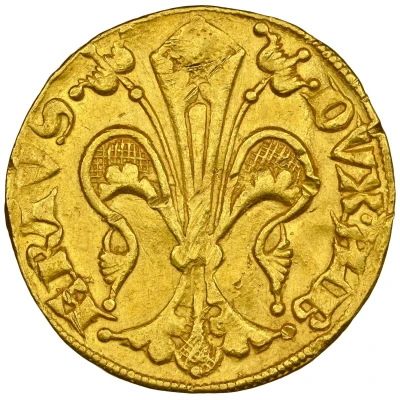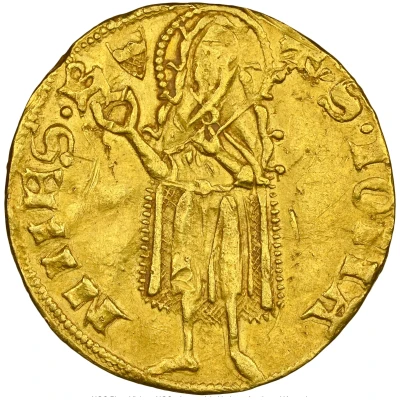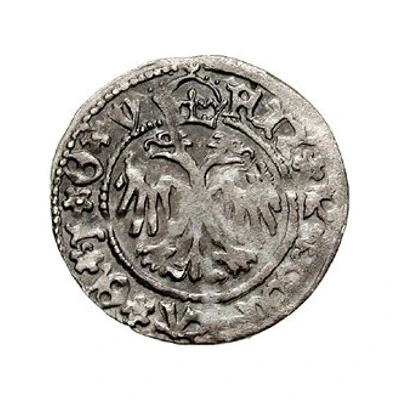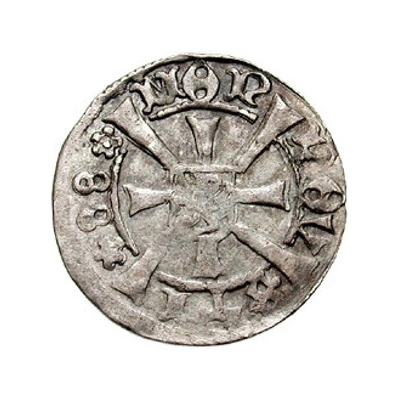


© Janovsky (CC BY)
Florin - Albert II Judenburg ND
| Gold | 3.5 g | 20 mm |
| Issuer | Duchy of Styria (Austrian States) |
|---|---|
| Duke | Albert II (1330-1358) |
| Type | Standard circulation coin |
| Years | 1330-1358 |
| Value | Florén |
| Currency | Pfennig (800-1500) |
| Composition | Gold |
| Weight | 3.5 g |
| Diameter | 20 mm |
| Shape | Round (irregular) |
| Technique | Hammered |
| Orientation | Variable alignment ↺ |
| Demonetized | Yes |
| Updated | 2024-10-04 |
| Numista | N#376118 |
|---|---|
| Rarity index | 94% |
Reverse
St. John standing.
Script: Latin (uncial)
Lettering: S · IOHANNES · B
Lettering (regular font): S · IOHANNES · B
Translation: Saint John the Baptist.
Comment
In the 14th century the first gold coins after ancient times weres struck within the borders of modern day Austria. They were struck in Judenburg, a town along a trade route back then. The dukes of Styria Albert II and later also Rudolph IV struck imitations of the Florin of Florence (see link below).
Interesting fact
One interesting fact about the Standard circulation coin Florin - Albert II (Judenburg) ND (1330-1358) from Duchy of Styria (Austrian States) made of Gold weighing 3.5 g is that it was minted during the reign of Albert II, who was the Duke of Austria and Styria from 1330 to 1358. This coin is a rare example of a gold coin minted during his reign, as most coins from this time period were made of silver or copper. The fact that it was made of gold suggests that it was likely used for special purposes, such as trade or ceremonial events.

